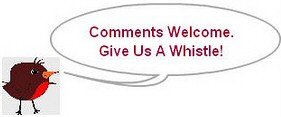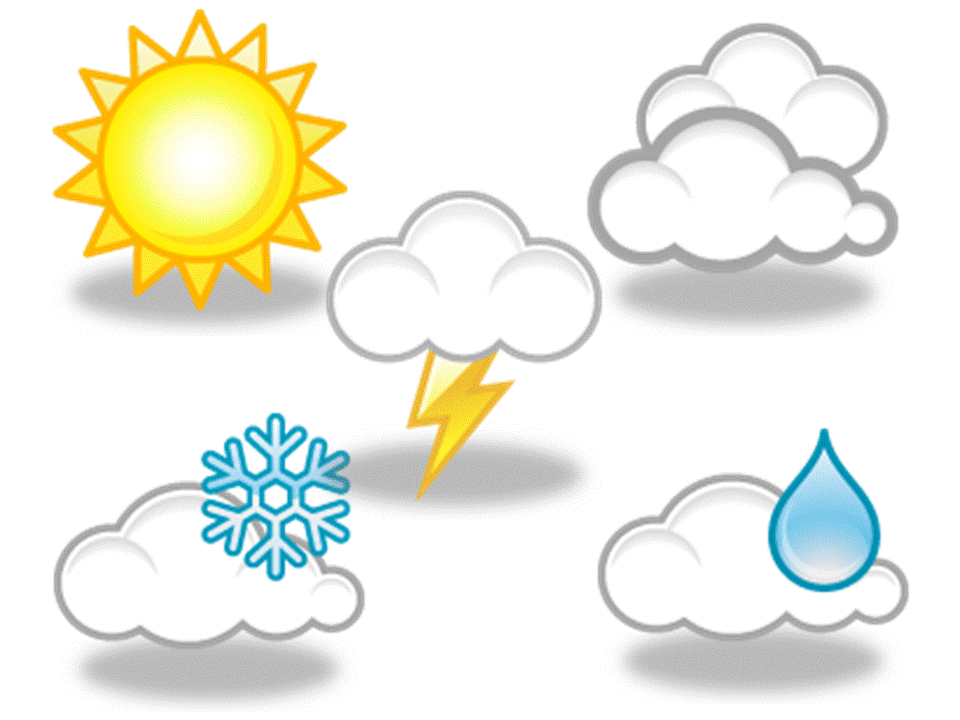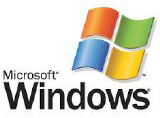But other evidence suggests activity may slow in the future as tariffs kick in
In spite of concerns about what tariffs will do to the price of building materials, the nations homebuilders got busy last month. The U.S. Census Bureau reports that privately-owned housing starts in February were at a seasonally adjusted annual rate of 1,501,000.
This is 11.2% above the revised January estimate of 1,350,000, but is 2.9% below the February 2024 rate of 1,546,000.
Single-family housing starts in February were at a rate of 1,108,000; this is 11.4% above the revised January figure of 995,000. The February rate for units in buildings with five units or more was 370,000.
Februarys numbers may be evidence that builders pulled forward some plans to get ahead of tariffs. In February, President Trump imposed a 40% tariff on Canadian lumber but later postponed the duty until April 2.
The Census Bureau report contains more evidence of that scenario, revealing a 1.2% decline in building permit applications for future construction.
For consumers hoping to purchase a home, tariffs may contribute to rising prices. The National Association of Homebuilders estimates that tariffs online will raise the price of a new home as much as $10,000.
Existing homes typically cost less than a new one but higher new home prices may pull some existing home prices up with them. Homes that need renovation and updates before going on the market may also carry a slightly higher list price.
Declining homebuilder sentiment
Homebuilders, meanwhile, are growing more pessimistic about the short-term future. Economic uncertainty, the threat of tariffs and elevated construction costs pushed builder sentiment down in March even as builders express hope that a better regulatory environment will lead to an improving business climate.
Builder confidence in the market for newly built single-family homes had a reading of 39 in March, down three points from February and the lowest level in seven months, according to the National Association of Home Builders (NAHB)/Wells Fargo Housing Market Index (HMI), released this week.
Builders continue to face elevated building material costs that are exacerbated by tariff issues, as well as other supply-side challenges that include labor and lot shortages, NAHB Chairman Buddy Hughes said in a statement.
At the same time, builders are starting to see relief on the regulatory front to bend the rising cost curve, as demonstrated by the Trump administration's pause of the 2021 IECC building code requirement and move to implement the regulatory definition of waters of the United States under the Clean Water Act consistent with the U.S. Supreme Courts Sackett decision.
Sign up below for The Daily Consumer, our newsletter on the latest consumer news, including recalls, scams, lawsuits and more.
Posted: 2025-03-18 13:33:41




















